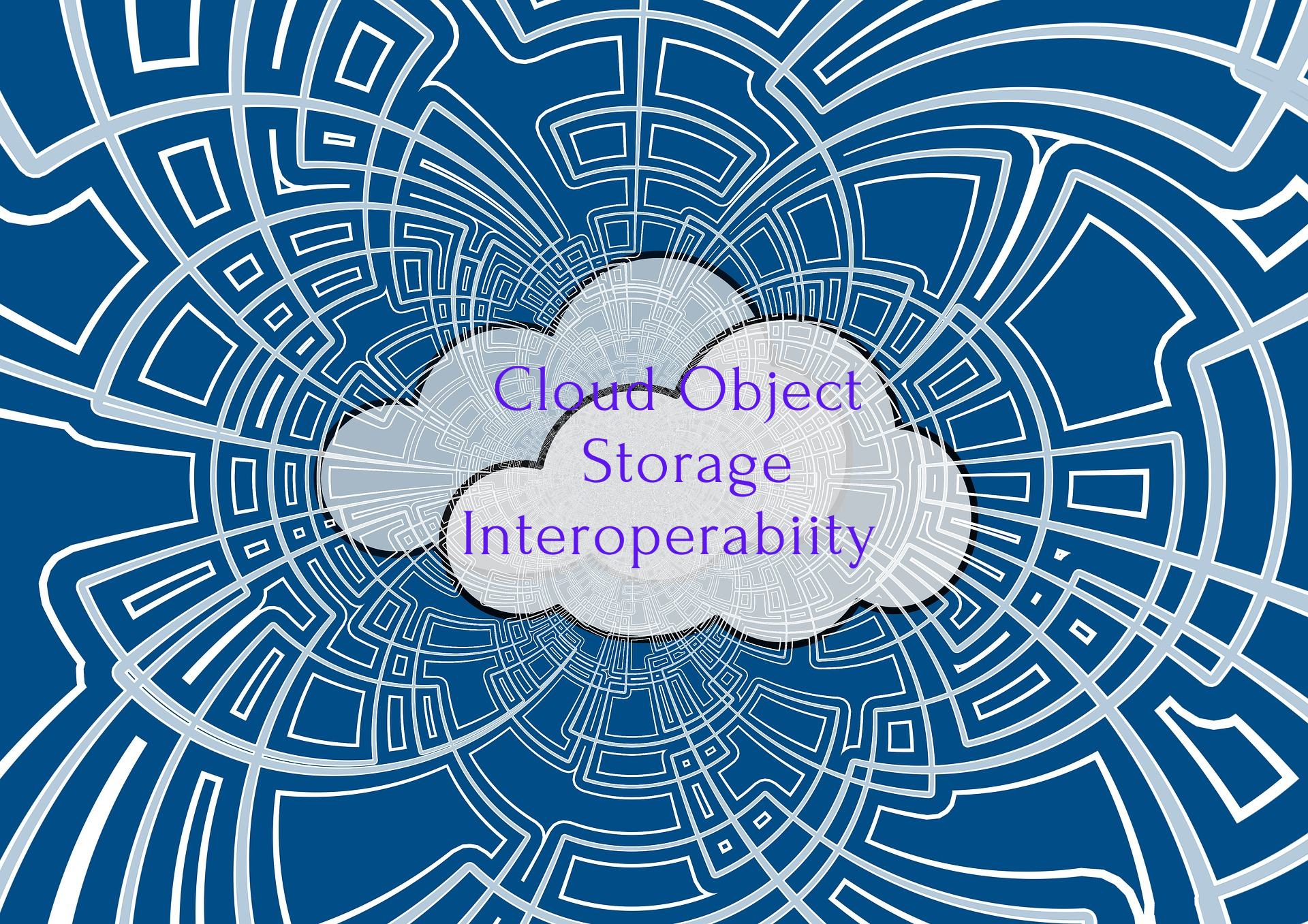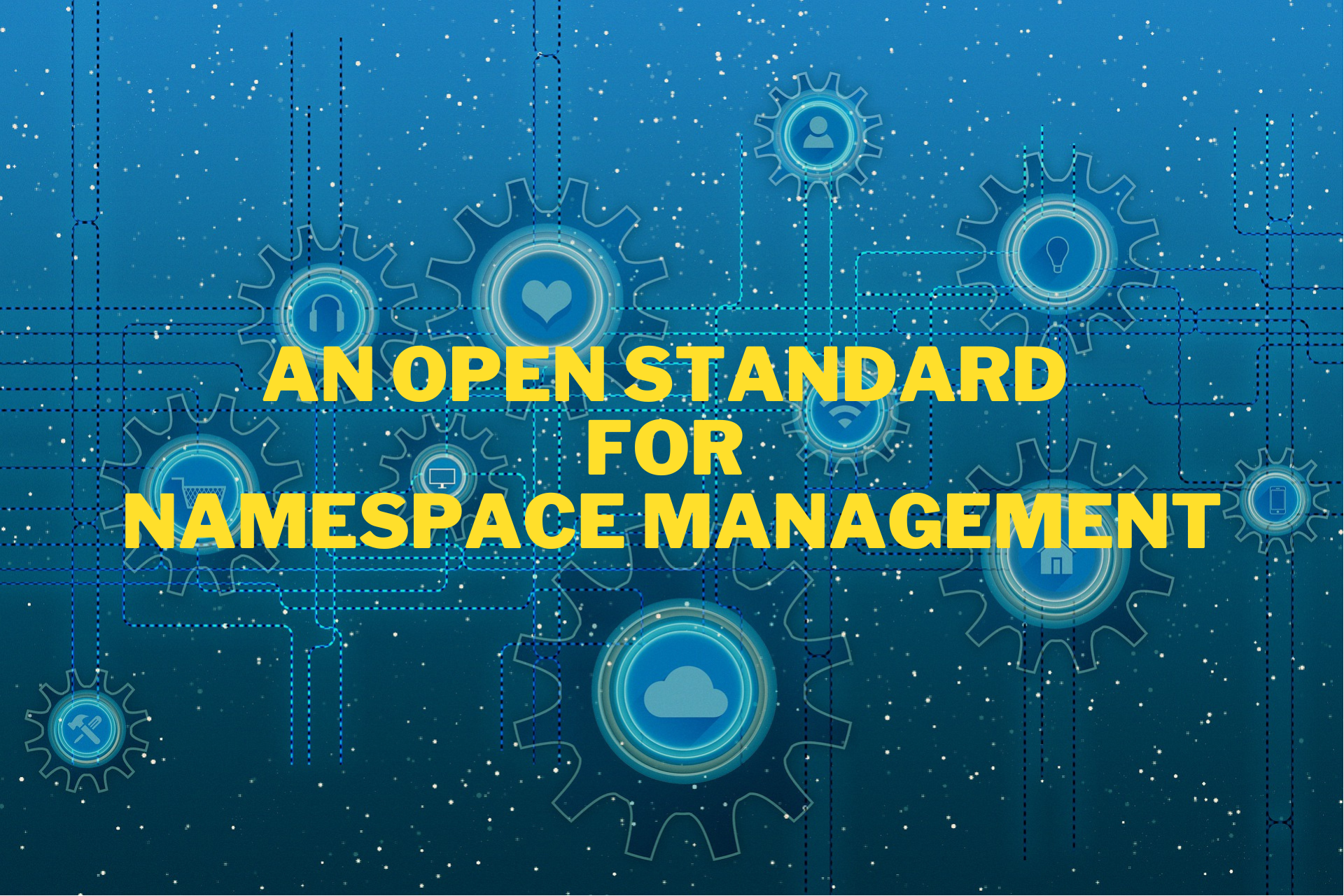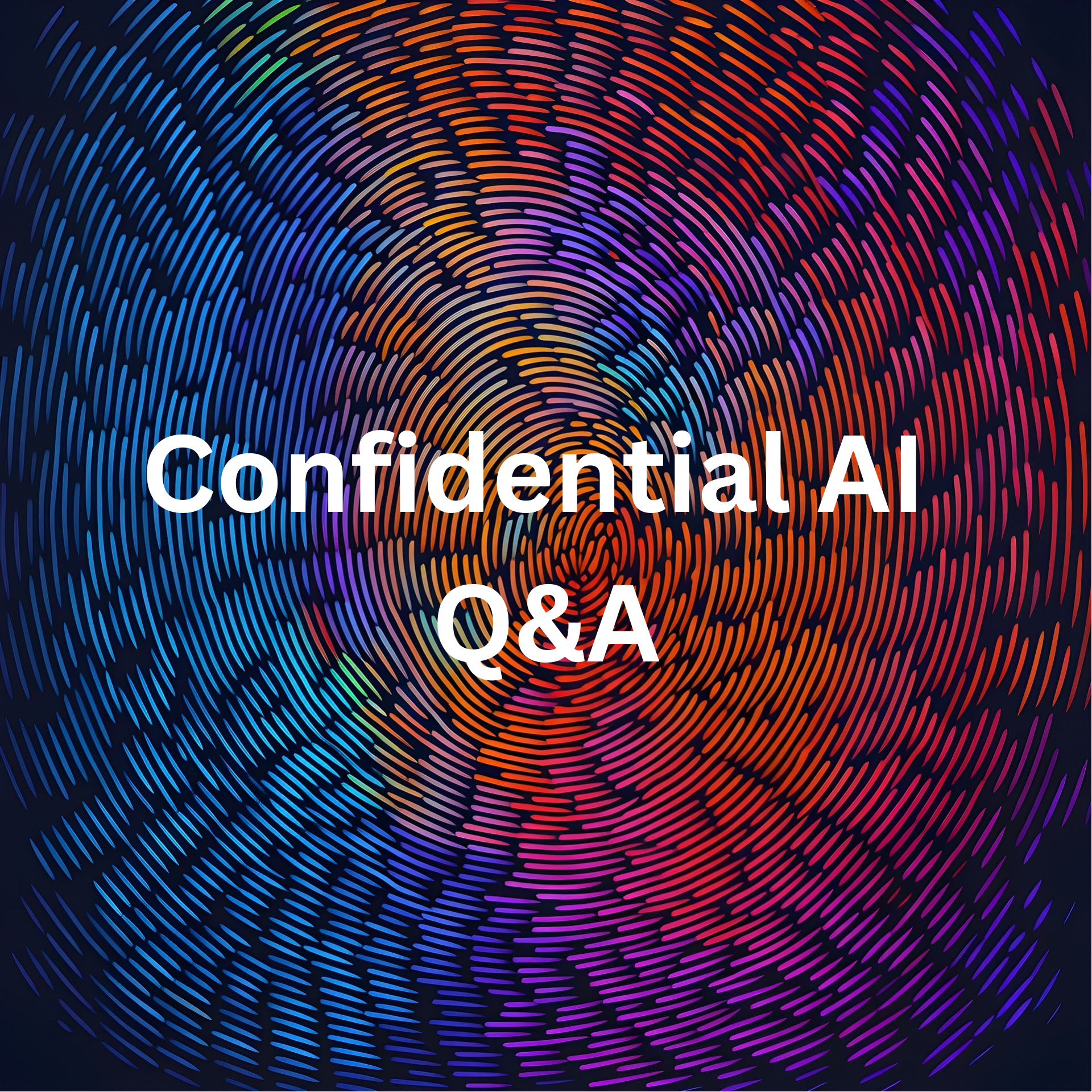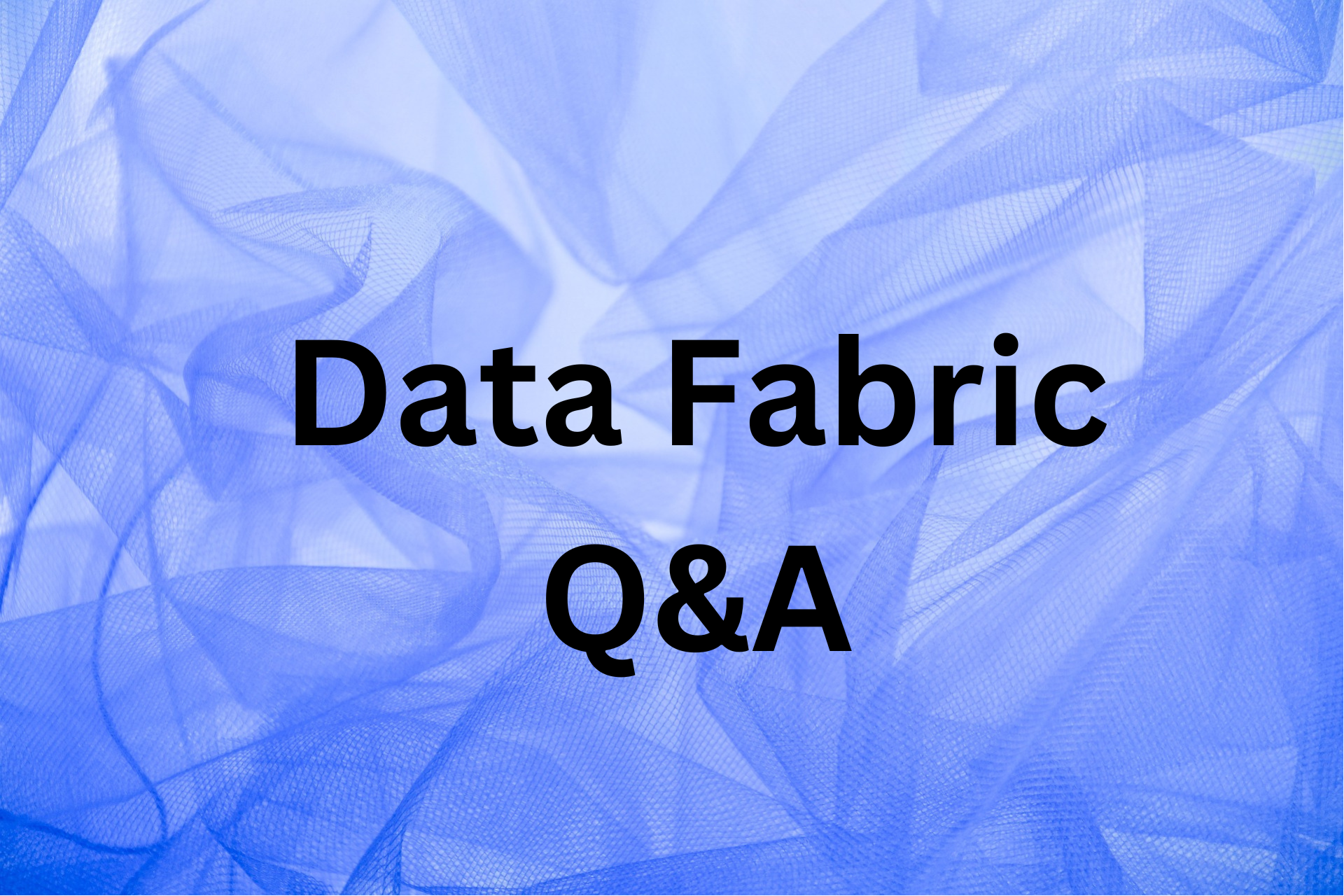
It’s All About Cloud Object Storage Interoperability
Dec 11, 2023

Edge AI Q&A
Nov 14, 2023

Leave a Reply
Edge AI Q&A
Nov 14, 2023

Leave a Reply
Addressing the Hidden Costs of AI
Nov 9, 2023

- Scalability considerations for generative AI in enterprises
- Significant computational requirements and costs for Large Language Model inferencing
- Fabric requirements and costs
- Sustainability impacts due to increased power consumption, heat dissipation, and cooling implications
- AI infrastructure savings: On-prem vs. Cloud
- Practical steps to reduce impact, leveraging existing pre-trained models for specific market domains
Leave a Reply
An Open Standard for Namespace Management
Sep 20, 2023

 ), an open ISO standard (ISO/IEC 17826:2022) for managing data objects and containers, already includes extensive capabilities for simplifying the management of complex namespaces.
In this webinar, you’ll learn the benefits of simplifying namespace management in an open standards way, including namespace discovery, introspection, exports, imports and more, discussing:
), an open ISO standard (ISO/IEC 17826:2022) for managing data objects and containers, already includes extensive capabilities for simplifying the management of complex namespaces.
In this webinar, you’ll learn the benefits of simplifying namespace management in an open standards way, including namespace discovery, introspection, exports, imports and more, discussing:
- Challenges and limitations with proprietary namespace management
- Overview of namespaces and industry evolution
- Lack of portability between platforms
- Using CDMI for simplified and consistent namespace management
- Use cases for namespace management
Leave a Reply
Confidential AI Q&A
Sep 14, 2023

Leave a Reply
Confidential AI Q&A
Sep 14, 2023

Leave a Reply
How Edge Data is Impacting AI
Sep 6, 2023

- The value and use cases of distributed edge AI
- How data fabric on the edge differs from the cloud and its impact on AI
- Edge device data privacy trade-offs and distributed agency trends
- Privacy mechanisms for federated learning, inference, and analytics
- How interoperability between cloud and edge AI can happen
Leave a Reply
How Edge Data is Impacting AI
Sep 6, 2023

AI is disrupting so many domains and industries and by doing so, AI models and algorithms are becoming increasingly large and complex. This complexity is driven by the proliferation in size and diversity of localized data everywhere, which creates the need for a unified data fabric and/or federated learning. It could be argued that whoever wins the data race will win the AI race, which is inherently built on two premises: 1) Data is available in a central location for AI to have full access to it, 2) Compute is centralized and abundant.
The impact of edge AI is the topic for our next SNIA Cloud Storage Technologies Initiative (CSTI) live webinar, “Why Distributed Edge Data is the Future of AI,” on October 3, 2023. If centralized (or in the cloud), AI is a superpower and super expert, but edge AI is a community of many smart wizards with the power of cumulative knowledge over a central superpower. In this webinar, our SNIA experts will discuss:
- The value and use cases of distributed edge AI
- How data fabric on the edge differs from the cloud and its impact on AI
- Edge device data privacy trade-offs and distributed agency trends
- Privacy mechanisms for federated learning, inference, and analytics
- How interoperability between cloud and edge AI can happen
Register here to join us on October 3rd. Our experts will be ready to answer your questions.

Leave a Reply
Data Fabric Q&A
Aug 21, 2023








Leave a Reply